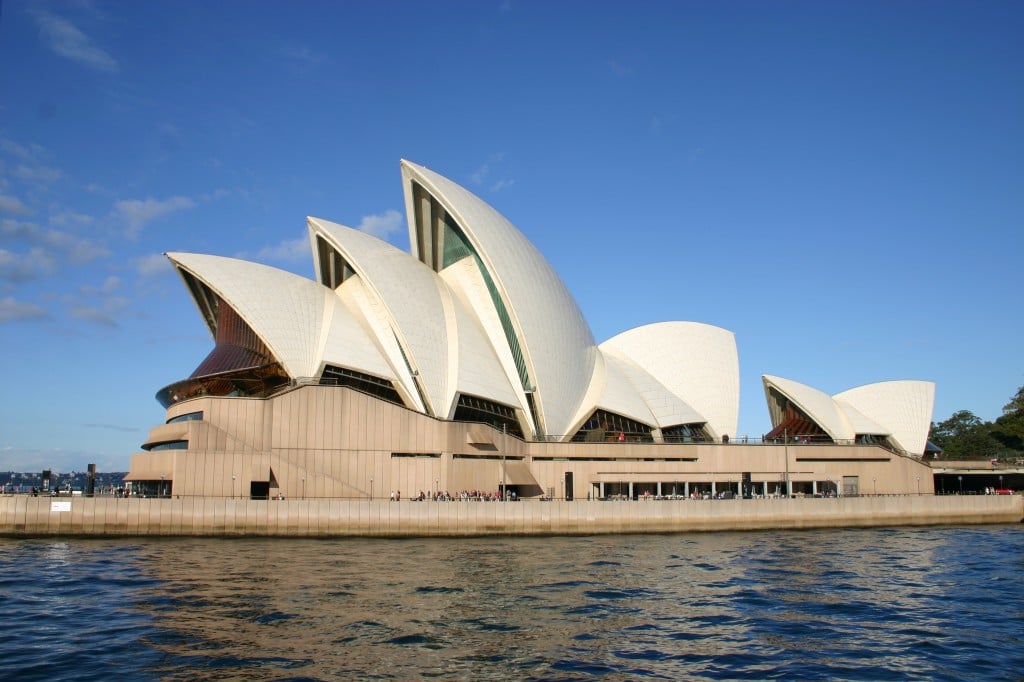As Australia transitions to net zero, the 2024-25 Australia federal budget handed down on 14 May 2024 contains significant initiatives relating to renewable energy, hydrogen, critical minerals, green metals, low carbon liquid fuels and clean energy technology, with the AUD 22.7 billion “Future Made in Australia” package as a centerpiece. Through new or additional incentives and other funding, the Australian Government aims to attract investment in key industries for the energy transition and make Australia “a renewable energy superpower” as well as add value to the resources sector, particularly critical minerals, and strengthen economic resilience and security.
Baker McKenzie’s Global Guide to Critical Minerals examines the status and strategic legal background for critical minerals across a number key mining jurisdictions, as well as the applicable legal and regulatory framework for their extraction, highlighting the rapid change in the critical minerals space as the energy transition accelerates.
Following the Energy Ministers’ meeting on 8 December 2022 and the National Cabinet meeting on 9 December 2022, the Australian Commonwealth government announced that a new Capacity Investment Scheme (CIS) will be established, alongside other measures in the Energy Price Relief Plan.
The CIS is aimed at unlocking approximately AUD 10 billion in private and public sector investment in new clean dispatchable storage and generation to ensure reliability and security in Australia’s energy market, as well as affordable electricity supply and reduce Australia’s exposure to high coal and gas prices over the medium and long term.
A range of climate-related policies are likely to be introduced in Australia as the country looks to strengthen its climate position through a new federal government.
A range of climate-related policies are likely to be introduced in Australia as the country looks to strengthen its climate position through a new federal government.
Please join Baker McKenzie on 15 February 2022 for a 45 minute webinar in which our industry-focused practitioners will discuss the potential of adapting and developing existing market structures and models to the new hydrogen market, as well as key issues emerging from pioneer hydrogen projects.
With a recent influx of federal and state government funding, and the world’s largest green hydrogen project pipeline in place, Australia is well positioned to become a leading hydrogen producer and exporter. However, one outstanding aspect of this nascent industry – which could influence its future success – is the development of an internationally recognised certification scheme.
On 5 May 2021, the federal government announced its intention to make amendments to the National Greenhouse and Energy Reporting Regulations 2008 (the NGER Regulations) and National Greenhouse and Energy Reporting (Measurement) Determination 2008 (the Measurement Determination). The NGER Regulations outline the requirements for reporting entities under the NGER scheme and the Measurement Determination provides methods for estimating GHG emissions and the production and consumption of energy.
The Statutes Amendment (National Energy Laws) (Penalties and Enforcement) Act 2020 (Act) commenced on 29 January 2021, arming the Australian Energy Regulator (AER) for the first time with the power to compulsorily seek information and to undertake compulsory examinations in the course of investigations. The Act also very significantly increases the maximum penalties for contraventions of the civil penalty provisions in the National Energy Law and associated legislation and rules, on terms that are analogous to the penalty regime in the Australian Consumer Law.
This alert summarises the key changes and risks associated with the new regime that market participants should be aware of, and identifies steps that should now be taken to minimise those risks.






